Although some families might need a larger SUV like the Santa Fe, after one month with the Active's shorter equipment list, I am starting to miss some modern conveniences offered by a similarly-priced, but higher-spec, mid-size SUV model.
Do the niceties in an SUV in a class below make a worthwhile trade-off for the extra practicality?
Well, some of those day-to-day features in the Tucson Highlander really did make it an easier to use vehicle.
For starters, front seats in the Tucson were electronically adjustable, while the seats in the Santa Fe are manually operated.
Don't get me wrong, I don't need seat electrics to get comfortable in a car, but the electronic adjustment means you can save two desired seating positions – one for you and the other for your partner.
In the last month, I reckon I've had to squeeze myself into my wife's very tight driving position more than a few times, just to reach the seat slider and push it back to a point where my knees weren't on the dashboard.
Electronic seat adjustment in the Tucson also meant that when you park the car and opened the door, the driver's seat would automatically slide back a bit to make egress easier, and it was just a nice premium touch that's sorely missed now we are in a Santa Fe Active.
And on the topic of electronics, let's talk tailgates.
A power-operated tailgate is one of those things you feel like you don't need to until you actually have one.
It used to be so easy to just hit a button on the key fob to pop the boot, throw in what you need, hit the button and go.
In the Santa Fe, you have to lift and slam the boot lid every time, which again, isn't too much of a problem for me, but for my heavily pregnant partner, it can get a bit tricky to juggle everything needed to open/close the rear hatch.
Another feature we miss in the higher-spec Tucson include heated and cooled front seats, which were so helpful during Melbourne's unpredictable seasonal changes.
And on the safety front, the Tucson was kitted out with a great surround-view monitor, which made parking, even in tight spots, a breeze, whereas the Santa Fe has only a reversing camera and front parking sensors.
However, an area where the Santa Fe stands above the Tucson is the multimedia system.
Sure, the screen is a little smaller at 8.0 inches, but it allows for wireless Android Auto, which means phone integration and maps are a cinch.
From phone calls, to messages, even emails and calendar reminders, Android Auto on an in-car multimedia screen makes it so easy to keep up with the hustle and bustle of daily family life. So, it's great to see it work so seamlessly and smoothly in the Santa Fe Active.
And well, the question has to be asked: Do we actually use the extra space in the Santa Fe?
Unfortunately, the answer is no – or at least not yet. With another baby joining the family ranks in the next month or so, I can see us getting much more use out of the Santa Fe's larger dimensions very soon.
A second car seat will need to be installed, our existing seat converted back to a rear facing and the extra boot capacity will be taken up with a full-size pram and bassinet – so I'm sure we're going to be very glad of the extra practicality!
Acquired: October 2022
Distance travelled this month: 486km
Odometer: 7230km
Average fuel consumption for month: 8.1L/100km
Hyundai Santa FE 2023: Active Crdi (awd)
| Engine Type | Diesel Turbo 4, 2.2L |
|---|---|
| Fuel Type | Diesel |
| Fuel Efficiency | 6.1L/100km (combined) |
| Seating | 7 |
| Price From | $39,710 - $46,750 |
| Safety Rating |
|
Pricing Guides

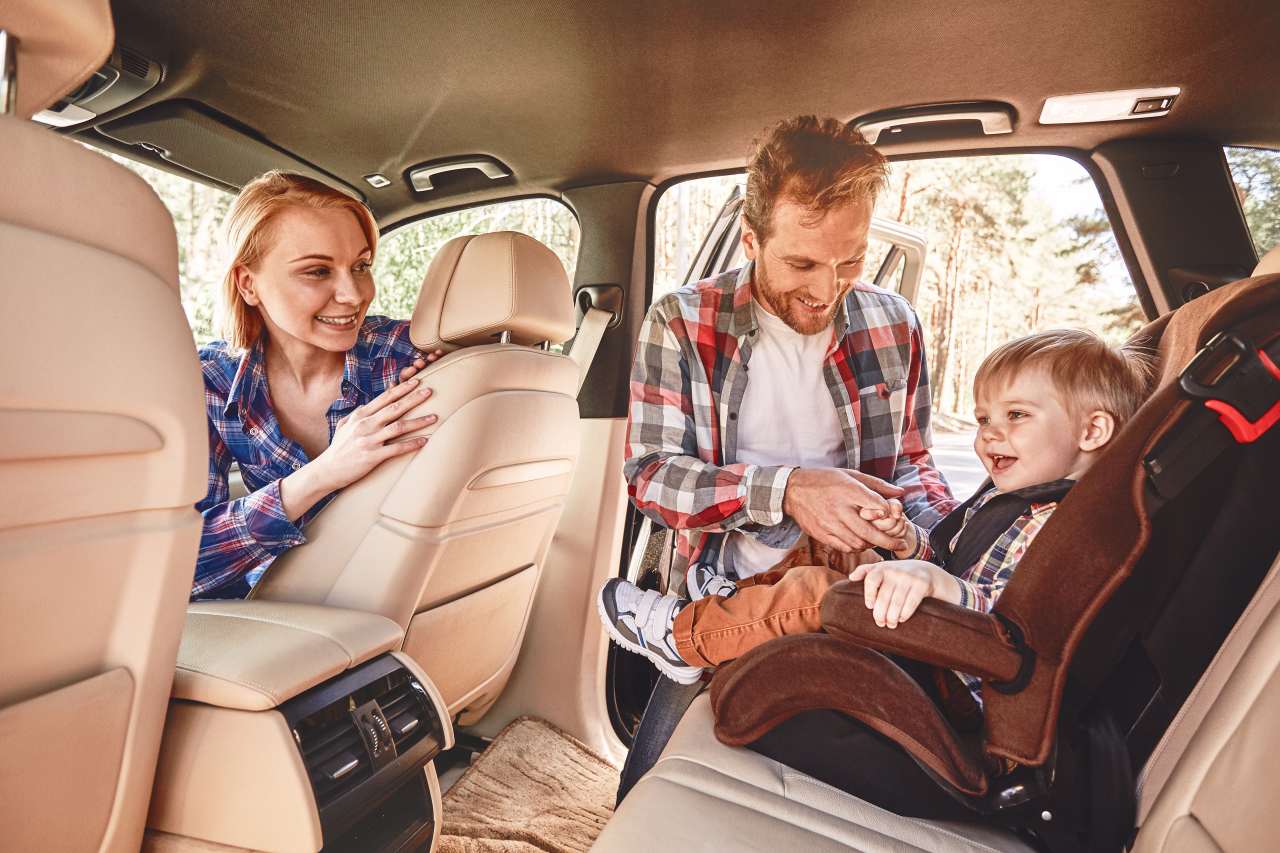
.jpg)

.jpg)
.jpg)
.jpg)
.jpg)
.jpg)
.jpg)
.jpg)
.jpg)
.jpg)
.jpg)
.jpg)
.jpg)
.jpg)
.jpg)
.jpg)
.jpg)
.jpg)
.jpg)
.jpg)
.jpg)
.jpg)
.jpg)
.jpg)
.jpg)
.jpg)





















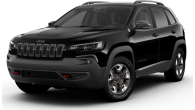
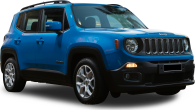














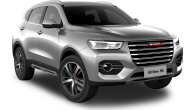

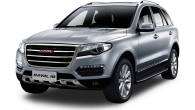



 copy.png)

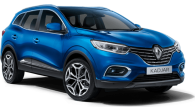
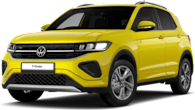



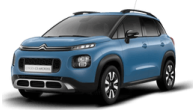






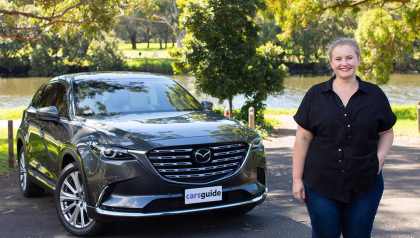





.jpg)